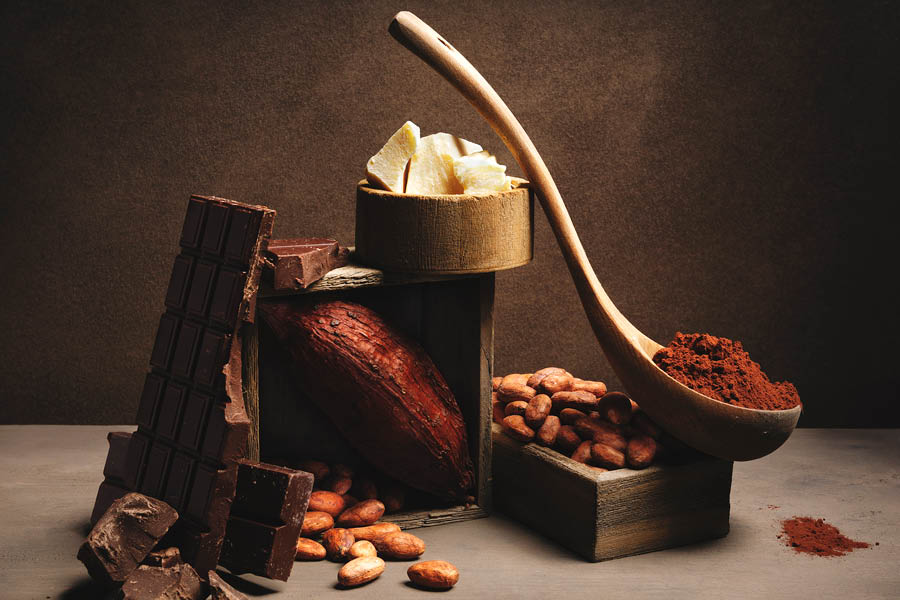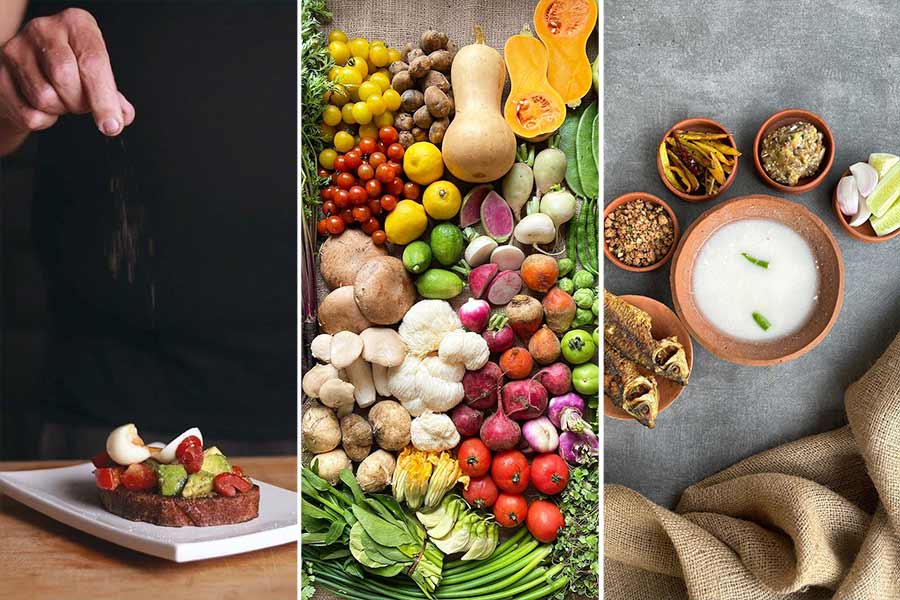For most of us, a gooey chocolate brownie or a dense chocolate cake is the ultimate version of a decadent treat. Ever since its popularity spiked in 16th-century Europe, chocolate has been ruling hearts, providing cosy comfort during cravings, winter nights and heartbreaks. Unfortunately, heartbreak is in order for chocolate lovers, as the price of cocoa has shot up globally.
Cocoa prices remained at around $2,500 per metric tonne for at least the last decade. However 2023-24 saw the prices shoot up, reaching a record $12,000 per tonne in New York in April 2024, before coming down to around $9,000 in June.
Why the price rise?
Reports suggest a combination of factors. Climate change and the effects of El Nino have impacted yields in the major cocoa producing regions of West Africa. Higher rainfall, due to warmer temperatures, caused the spread of black pod disease in cocoa pods in countries like Ghana and the Ivory Coast, causing the yield to rot in branches. This led to an overall shortage in supply of cocoa and chocolate. Adding to the environmental factors are problems like the low wages of farmers and land being sold off for illegal gold mining, causing a global supply-demand shortage.

The shortage in supply of cocoa has caused unprecedented rise — double or more — in prices of products like chocolate, cocoa powder and cocoa butter iStock
The global price surge has had an impact on businesses in the F&B sector closer home in Kolkata as well, with restaurants and bakeries having to pay double the amount per kilo for chocolate and products like cocoa butter, which is used to make confections.
Impact closer to home
Speaking to My Kolkata, co-head chef of Sienna Cafe, Avinandan Kundu, highlighted the difference in rates. “We source our chocolate from two suppliers. For some dishes, our chocolate comes from sources in south India and for others, like our signature Trunchbull and the Chocolate Flan, we use couverture chocolate (Callebaut) that comes from outside India. The prices were about Rs 800 and Rs 1,200 per kilo B2B, which have now become about Rs 1,300 and Rs 1,700 respectively,” he said. Sienna’s signature Trunchbull slice is priced at Rs 450, but to be able to absorb the costs and keep it viable they would have to raise the price to around Rs 650-700, which is not something the cafe is willing to do.
While a restaurant has it a little easier, added the chef, due to more options in their desserts, the bakeries and confectioners are facing a bigger crisis. With prices doubling, most businesses are finding it difficult to absorb the entire difference causing them to temporarily take items off the menu, like in the case of Sienna Cafe, or contemplate raising the prices of their desserts.
Establishments absorbing the hits
“The chocolate market has been hit hard in recent weeks, with our suppliers nearly doubling the prices,” said Puja Kapur of Kookie Jar. “We are concerned because Kolkata is a price-sensitive market. To manage the impact, we have absorbed a significant portion of the price increase and only passed on a small part of it onto the customers. However, our suppliers have warned us that the prices are likely to rise further by July-end, and if that happens, we’ll have to see what to do,” she added.
At Kookie Jar, the Chocolate Boat is their top-selling chocolate pastry, the cost of which has increased by Rs 10 approximately. Chocolate cakes and other items have also been impacted at the 1985-established landmark confectionery.
The sentiment was echoed by Shripriya Gupta of Little Pleasures. “We cannot push the price rise onto our customers without making them understand first how the price rise has affected us. Cocoa butter, which we use a lot, was Rs 850 a kilo. It has now become Rs 3,000 per kilo. We have not raised our prices yet and tried to absorb much of the cost, but to remain financially viable and to be able to exist and continue making our products, we might have to increase prices too. We plan to do it gradually, so that our customers don’t bear the brunt of it,” she said.
Time to explore other options?
While desserts are a chocolate-driven market because of its popularity and versatility, and its shelf life, chefs and bakers in Kolkata are also seeing this as an opportunity to explore more options and to educate consumers about sustainability and non-chocolate options.
“India is a chocolate-driven market and it is easy to sell a chocolate product. But, I think necessity is the mother of invention. So, now that we are facing this challenge, I think it is a good time for chefs to put their thinking caps on so they can play around with other flavours — more fruit options, desserts based on nuts, and things like that, while also thinking about how to use chocolate more sustainably with minimum wastage,” said Shripriya. This will also help the industry to gradually absorb costs and increase prices, she added.
An opportunity for Indian cocoa producers
Avinandan too shares the sentiment. “We are lucky in a way that it is mango season and we have been able to drive our desserts with mangoes, but this is also a good opportunity to explore other flavours and fruit-based desserts,” he said, adding that this is also a time for people to look at local sources. “I see a lot of people switching to homegrown brands because it has not hit India as badly, and I see this as an opportunity for Indian cocoa producers to enter the market in a bigger way. For the longest time, the idea was that ‘imported is better’ and while it is changing slowly, this might accelerate the change. We might have to re-engineer the menu a bit, but I feel that for the price points and the quality considered, you get a better deal out of producers based in the country.”
Come winter, it will be time for the popular Sienna hot chocolate, and Avinandan hopes that given some time, businesses will be able to figure out better usage of chocolate.
[With inputs by Karo Christine Kumar]

